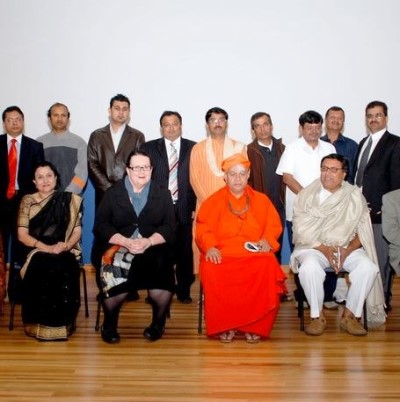Frequently asked questions about
Veershaiva's
Veerashaivism is a subtradition within Shaivism. According to tradition, it was transmitted by Panchacharyas,from, or five acharyas: Renukacharya, Darukacharya, Ekorama, Panditharadhya, and Vishwaradhya, and first taught by Renukacharya to Agastya, a Vedic seer.
Veerashaivism is a form of Shaivism sect of Hinduism. It is predominantly found in the states of Karnataka, Maharashtra and Andhra Pradesh. Veerashaivas are also found in other states: Tamil Nadu, Kerala, Madhya Pradesh, Uttar Pradesh and Gujarat and around the world.
Peethas. Veerashaivism is continued to this day and is preserved and transmitted by five peethas (Rambhapuri, Ujjaini, Kedar, Shreeshail, Kashi), who play an essential role in the Veerashaiva tradition.
Panchacharyas.
Siddhantha Shikhamani.
Lingayatism is a Shaivite Hindu religious tradition in India. Initially known as Veerashaivas, since the 12th century adherents of this faith are known as Veerashaiva Lingayats.
His Guru was Játavéda Muni,.
Basavanna was the author of an unique spiritual revolution that impacted the social life, literature, tradition, customs, religion, and economy of 12th century Karnataka, India.
In the 12th century Sharana movement lead by Basavanna, Allama Prabhu, Chenna Basavanna, Akka Mahadevi left a deep imprint on world history. Basavanna heralded changes in social, cultural, literary and political and in almost all sectors of life.
Anubhava Mantapa was a social movement in 12th century Karnataka which brought enormous changes in thinking of people not through coercive means but by self-introspection. It was a kind of Parliament where representatives of people were elected by the spritual leader.






